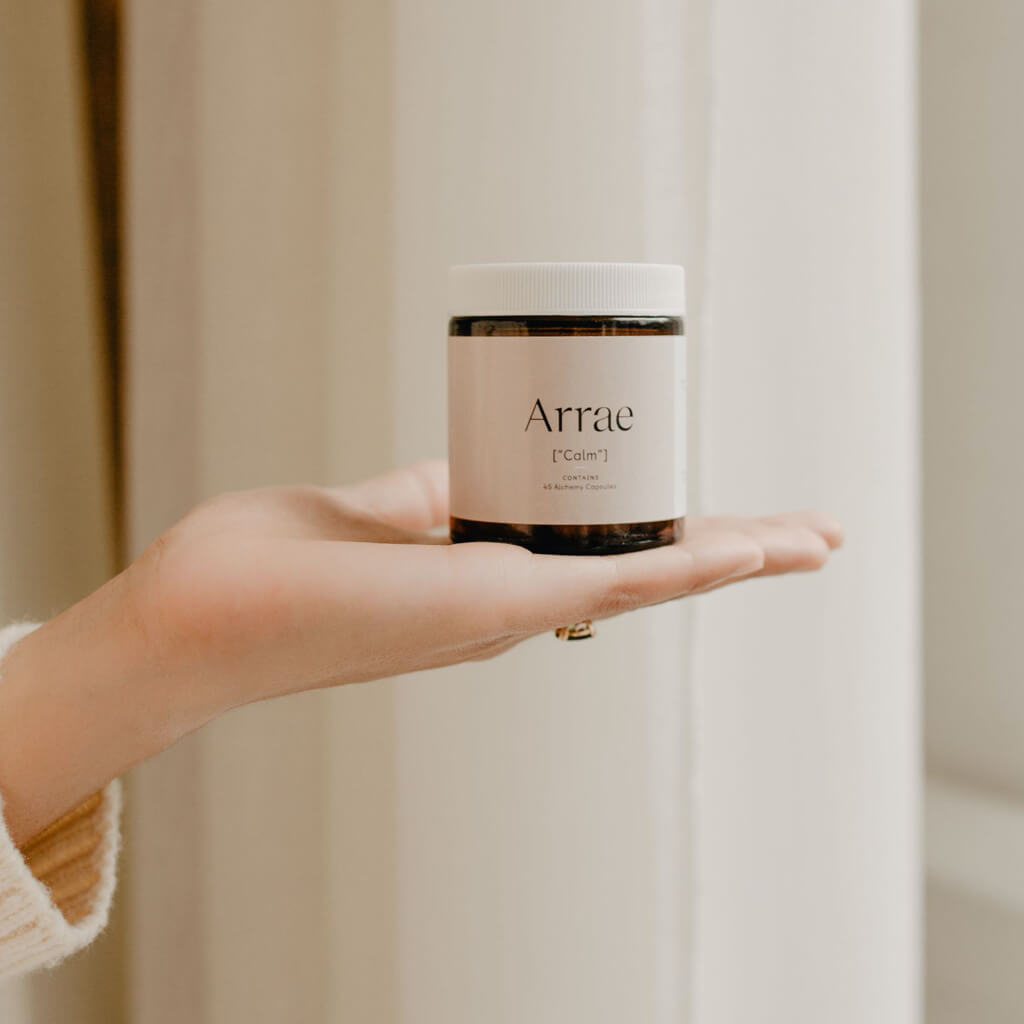

Our Ingredients
We believe in clean ingredients and uncompromising standards.
Our Alchemy Capsules are a blend of high-quality herbs, minerals, and vitamins, encapsulated in a vegan shell.
That’s it.
All our products are filler-free and organic.





Our Ingredients
We believe in clean ingredients and uncompromising standards.
Our Alchemy Capsules are a blend of high-quality herbs, minerals, and vitamins, encapsulated in a vegan shell.
That’s it.
All our products are filler-free and organic.
...
...
Enter your best email and phone number to get your discount code

Here's 10% off from your friend
Discount code copied!
* This offer expires in 3 days
Choose your language and currency